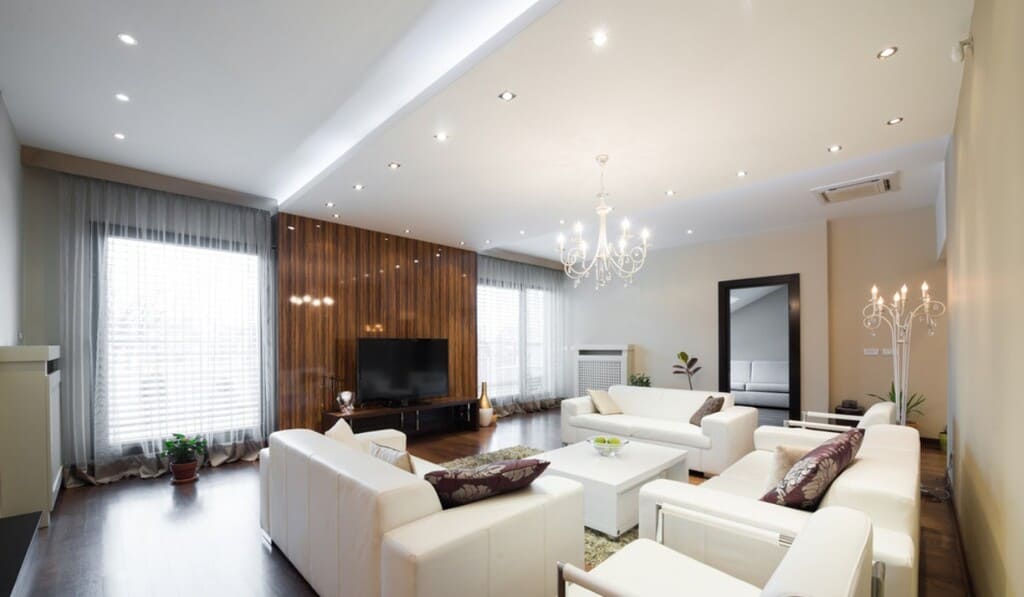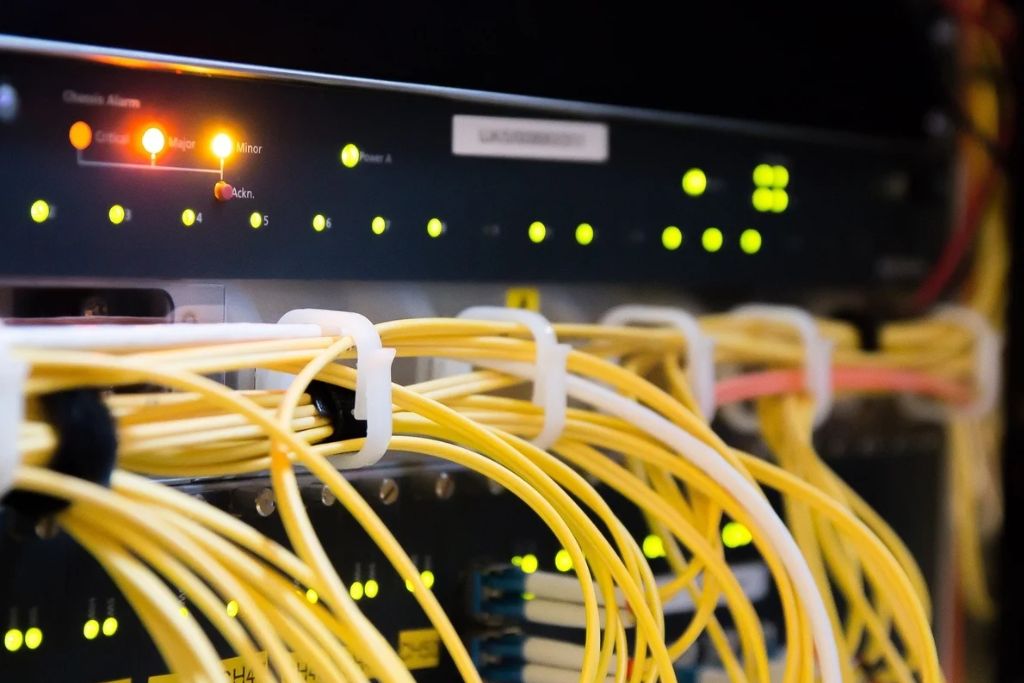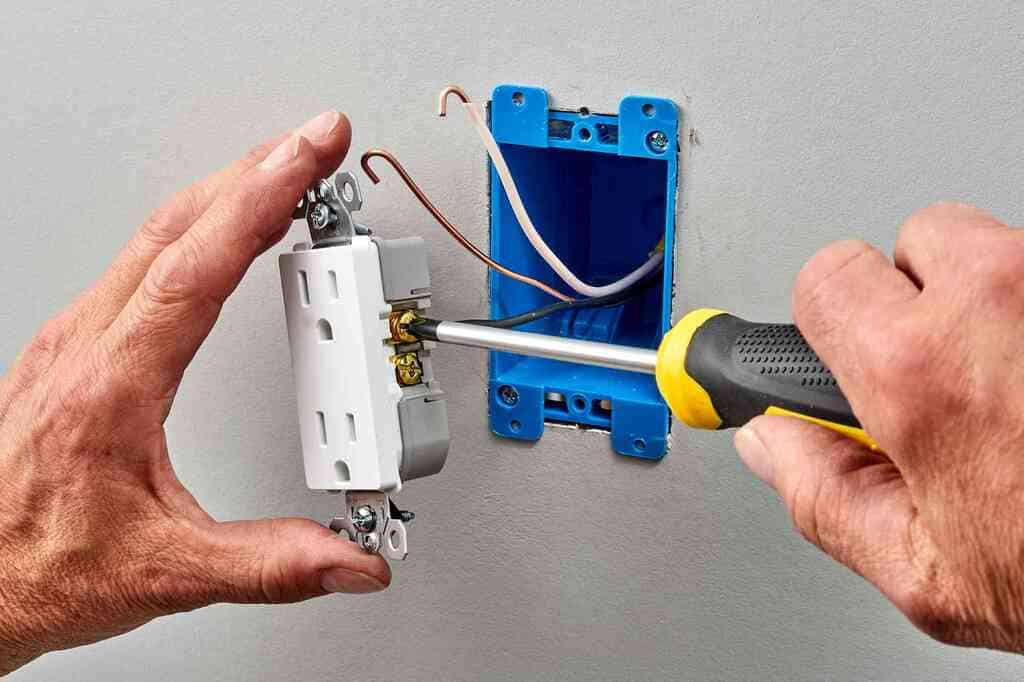Explore this post with:
Proper electrical and lighting planning is essential when building a new home or renovating an existing one. Thoughtful design not only ensures your home is safe and functional but also maximizes energy efficiency and comfort. From choosing the right electrical panel size to integrating smart home technology and optimizing lighting layouts, addressing these key considerations early in your project will help you create a modern, secure, and efficient living environment.
1. Electrical Panel Size
The electrical panel size determines the amount of electricity distributed throughout your home. The panel is where the main power supply enters your home and is distributed to different circuits.
Your panel’s size is determined by the number of circuits it can accommodate. The maximum electricity it can handle matters as well. If you plan on installing high-powered appliances or equipment, you may need a larger panel. This includes air conditioners and electric vehicles. Consult a licensed electrician to determine the appropriate panel size.
2. Switchboards
Switchboards play a crucial role in building infrastructure. They provide a centralized point of control for electrical power distribution. These panels are designed to receive power from a primary source and distribute it to various circuits within the building. Without a properly functioning switchboard, the electrical system in a building could be at risk of overloading. You also risk short-circuiting or other hazards that could lead to severe damage or injury.
Home switchboards also allow for easy monitoring and maintenance of the electrical system. They provide information on the status of each circuit and allow for individual circuit shut-offs when needed. A well-designed switchboard promotes safety and efficiency in your electrical system.
3. Circuit Layout
The circuit layout determines which outlets and fixtures are connected to which circuits. A well-planned layout prevents overloading. It ensures power is distributed efficiently. When planning your circuit layout, consider your home’s power requirements. Pay attention to the number of outlets and appliances you plan to install and the panel’s location. Create a detailed floor plan to determine the best circuit layout for your home.
4. Lighting Design

Lighting is an essential aspect of any home. A well-designed lighting plan can enhance your home’s aesthetics. It provides task lighting and reduces energy costs. Consider the types of lighting fixtures you plan to use. They may include ambient, accent, and task lighting. You should also consider the placement of fixtures and natural lighting. Consult a lighting designer to create a lighting plan that meets your needs.
5. Energy Efficiency

Energy efficiency is critical when building a home. You can achieve efficiency with energy-efficient appliances and lighting fixtures. Insulate your home, and seal air leaks. You can also install a solar power system to generate renewable energy. Consult a licensed electrician to determine your most energy-efficient solutions.
6. Electrical Safety

Electrical safety should be a top priority when building a home. Faulty electrical systems cause fires and electric shocks. They pose a significant risk to your family and property. Hire a licensed electrician to install your electrical system. It is the best way to ensure electrical safety. You should also ensure your electrical system meets building codes and safety standards. Schedule regular maintenance checks to ensure your electrical system is working well.
7. Smart Home Technology

Smart home technology has revolutionized how we interact with our homes. You can control your home’s lighting, temperature, security, and entertainment from your smartphone. Install smart home technology to enhance functionality, convenience, and security when building or renovating your home. Consult a smart home expert to determine your home’s best solutions.
8. Outdoor Lighting

Outdoor lighting is often overlooked when building or renovating a home. However, it promotes safety in your home. Outdoor lighting can deter intruders. It can enhance your home’s aesthetics and provide functional lighting for outdoor activities. When planning your outdoor lighting, consider the type of fixtures, placement, and energy efficiency. Hire a lighting designer or electrician to determine your home’s best outdoor lighting solutions.
9. Electrical Outlets and Switches

Electrical outlets and switches help power your appliances and charge devices. You also need them to control your lighting. When planning your electrical outlets and switches, consider the number and location of outlets and switches. You must also consider the type of outlets and switches and the use of smart switches. Work with a licensed electrician to determine your home’s best electrical outlet and switch solutions.
The placement of electrical outlets and switches is an important consideration. Consider the location and use of each outlet and switch in relation to the placement of furniture and appliances. Consult a licensed electrician to determine the best placement for your electrical outlets and switches.
10. GFCI Outlets
Ground Fault Circuit Interrupter outlets are safety features. They prevent electrical shocks. Building codes require GFCI outlets in certain areas of your home. You need them in your kitchens, bathrooms, and outdoor areas. Install GFCI outlets to protect your property when building or renovating your home. Consult with a licensed electrician to determine the best placement for GFCI outlets in your home.
Conclusion
Building a home requires careful consideration of electrical and lighting factors. They ensure your home is safe, efficient, and functional. You should consult with a licensed electrician to determine the appropriate electrical panel size, circuit layout, lighting design, and electrical permits. A professional can help you create a home that enhances your quality of life.
Discover More
About the Author: archistyladmin
At Architecturesstyle, we’re passionate about smart design, beautiful spaces, and practical tips that help you bring great architecture into everyday life. Whether it's modern home ideas, iconic buildings, or expert advice, our team brings fresh and useful content to readers who love architecture as much as we do.




